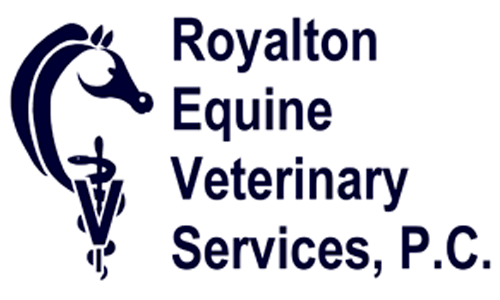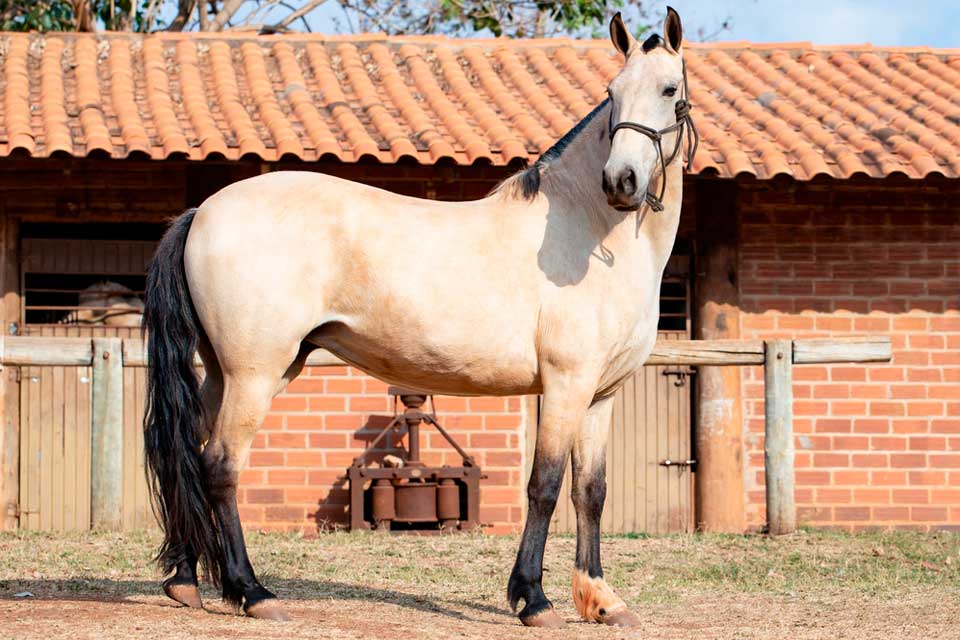Whether a horse is purchased for personal or business reasons, ownership represents a significant investment of time, money and resources. While no one likes to think about the potential for tragedy, horses seem to be prone to illness, accidents and injury.
Should some peril befall your horse, nothing may ease the emotional burden, but wise planning can help reduce the economic impact.
Insurance policies are legal contracts between the underwriter (the company) and the insured (horse owner). While individual policies vary so much from company to company and circumstance to circumstance, it is important to note is that each policy has its own terms, conditions and requirements, which may necessitate action from you, your veterinarian and your insurance company.




